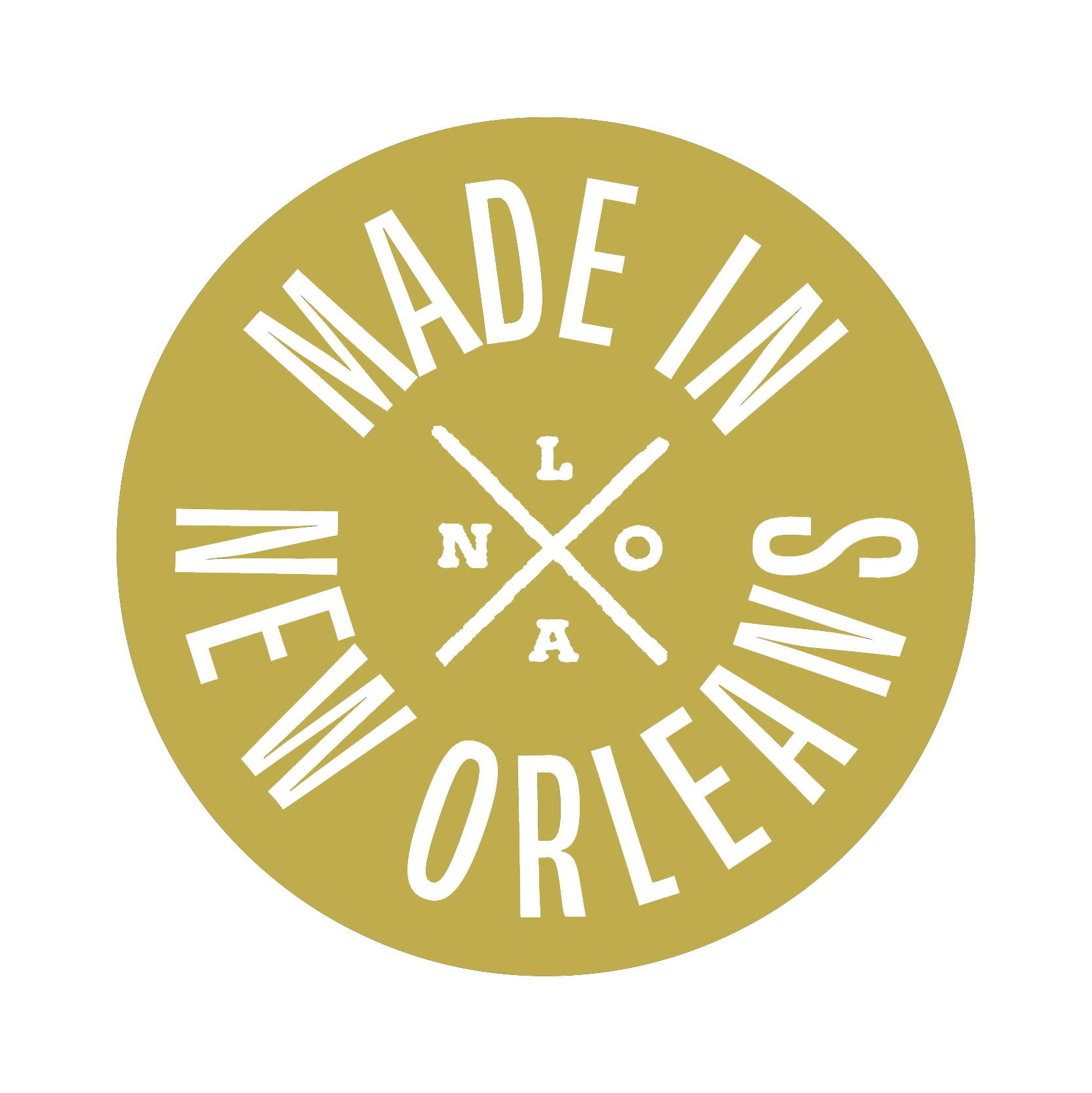Neighborhood Overview
The 7th Ward, one of New Orleans' historic core neighborhoods, extends from Esplanade Avenue to Elysian Fields Avenue, bounded by Broad Street on the north and St. Bernard Avenue on the south. Historically known as the center of the city's Creole craftsmanship tradition, the 7th Ward was once home to skilled builders, plasterers, and artisans who constructed much of historic New Orleans. This community combines deep cultural roots with evolving dynamics as it navigates recovery, preservation, and change.
The neighborhood's identity has been profoundly shaped by its Creole heritage—descendants of French, Spanish, African, and Caribbean ancestors who developed distinctive cultural traditions, architecture, and social structures. Throughout the 19th and early 20th centuries, the 7th Ward was known for its high concentration of skilled craftspeople and professionals, many of whom were free people of color before the Civil War. This legacy of craftsmanship and excellence established the neighborhood as a center of Black achievement and cultural pride, with institutions like Corpus Christi Catholic Church, St. Augustine High School, and numerous social aid and pleasure clubs serving as community anchors.
While urban renewal programs, the construction of Interstate 10 along Claiborne Avenue, and economic changes negatively impacted the neighborhood in the mid-20th century, the 7th Ward's cultural vitality and community bonds remained strong. After Hurricane Katrina's severe flooding, the neighborhood faced significant challenges but has demonstrated remarkable resilience through community-driven recovery efforts that honor its heritage while adapting to contemporary realities.
Quick Facts
- Population: Approximately 10,200 residents (down from pre-Katrina population)
- Demographics: Historically African American and Creole, with increasing diversity in some sections
- Housing: Mix of historic Creole cottages, shotgun houses, and new construction
- Historic Significance: Center of skilled craftsmanship tradition, home to significant civil rights activities, birthplace of numerous musical innovators, and site of the historic Claiborne Avenue cultural corridor before interstate construction
Free Spaces
Corpus Christi–Epiphany Catholic Church Grounds
2022 St. Bernard Ave., New Orleans, LA 70116
A cornerstone of the 7th Ward’s Creole and Black Catholic community. Visitors can walk the peaceful church grounds, admire the architecture, and see historic murals reflecting neighborhood faith and unity.
Hunter’s Field Park
1600 N. Claiborne Ave., New Orleans, LA 70116
A historic gathering spot for second lines and community events, Hunter’s Field is where music, culture, and public life come together. It’s free, lively, and full of local history — especially during Mardi Gras and Super Sunday celebrations.
Claiborne Avenue Murals & Underpass Columns
Claiborne Ave. between St. Bernard Ave. & Esplanade Ave.
This stretch under the I-10 overpass is covered in colorful murals honoring Black culture, jazz legends, Mardi Gras Indians, and social aid clubs. It’s an open-air art gallery that tells the story of resilience after urban renewal.
St. Augustine High School Purple Knights Plaza (Exterior Grounds)
2600 A.P. Tureaud Ave., New Orleans, LA 70119
Though the school itself is private, the front plaza and courtyard are open to the public. It features statues and memorials celebrating African American education and excellence — a proud symbol of the neighborhood’s legacy.
7th Ward Cultural Garden & Green Infrastructure Sites
Near N. Johnson & Annette Streets, New Orleans, LA 70116
A small but impactful community green space designed by residents to manage stormwater and grow native plants. It’s a quiet pocket park that reflects the neighborhood’s mix of environmental creativity and cultural stewardship.






Leave a comment
All comments are moderated before being published.
This site is protected by hCaptcha and the hCaptcha Privacy Policy and Terms of Service apply.